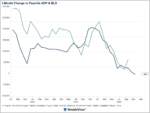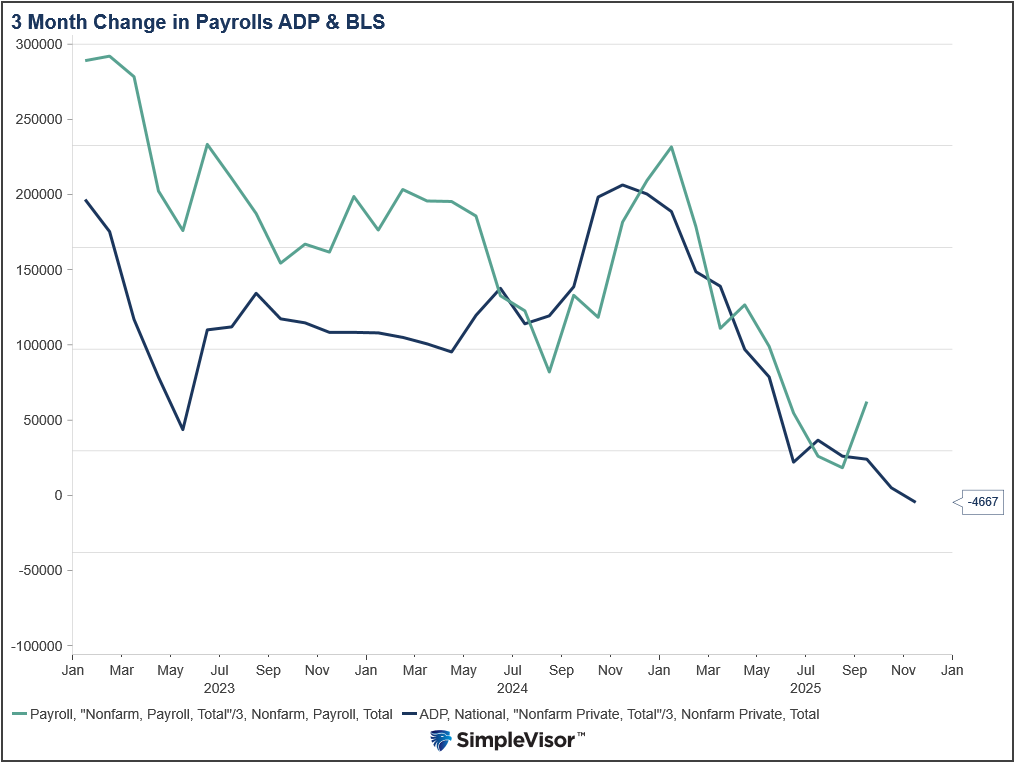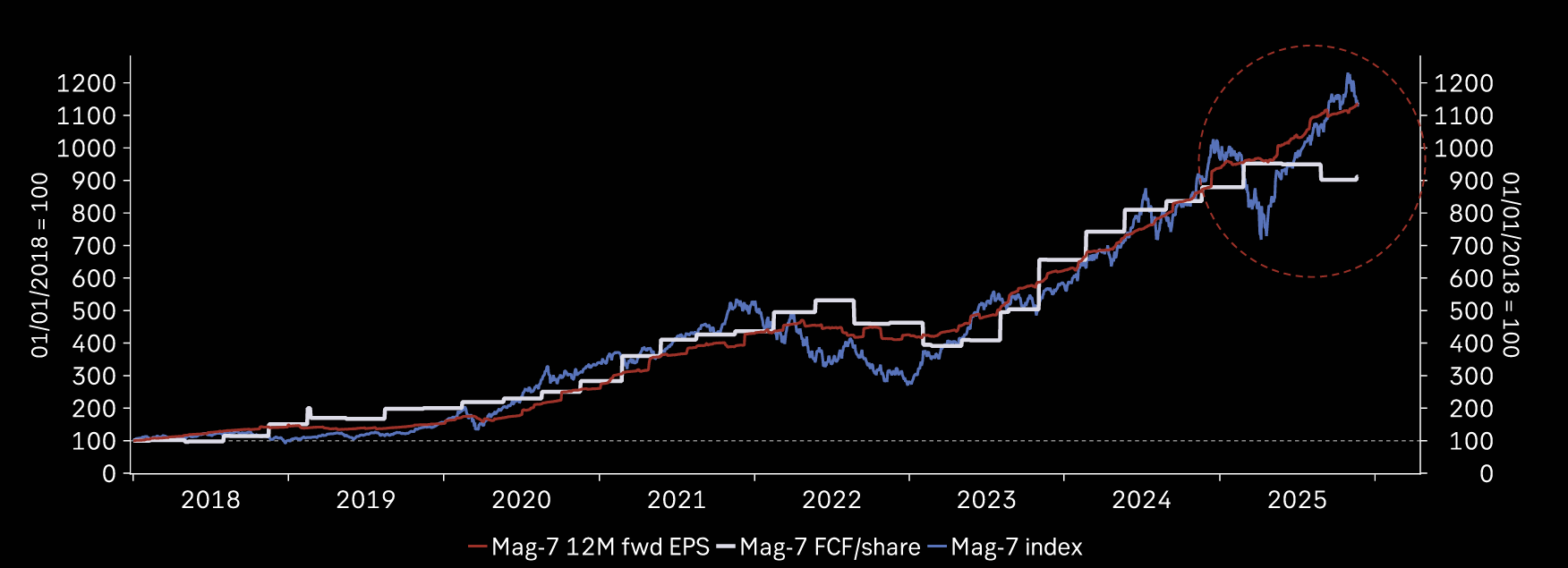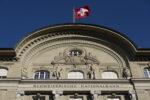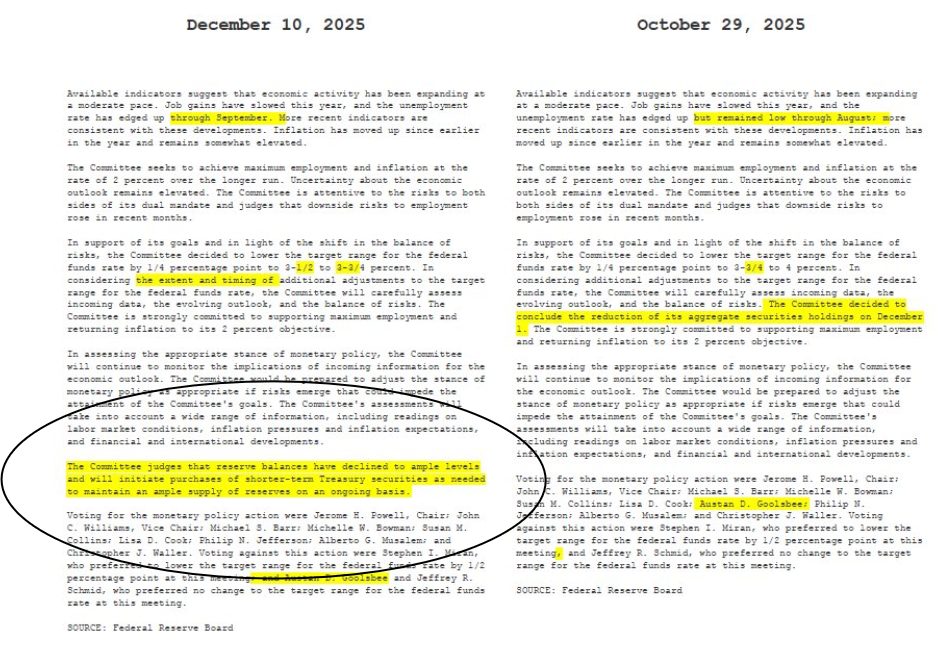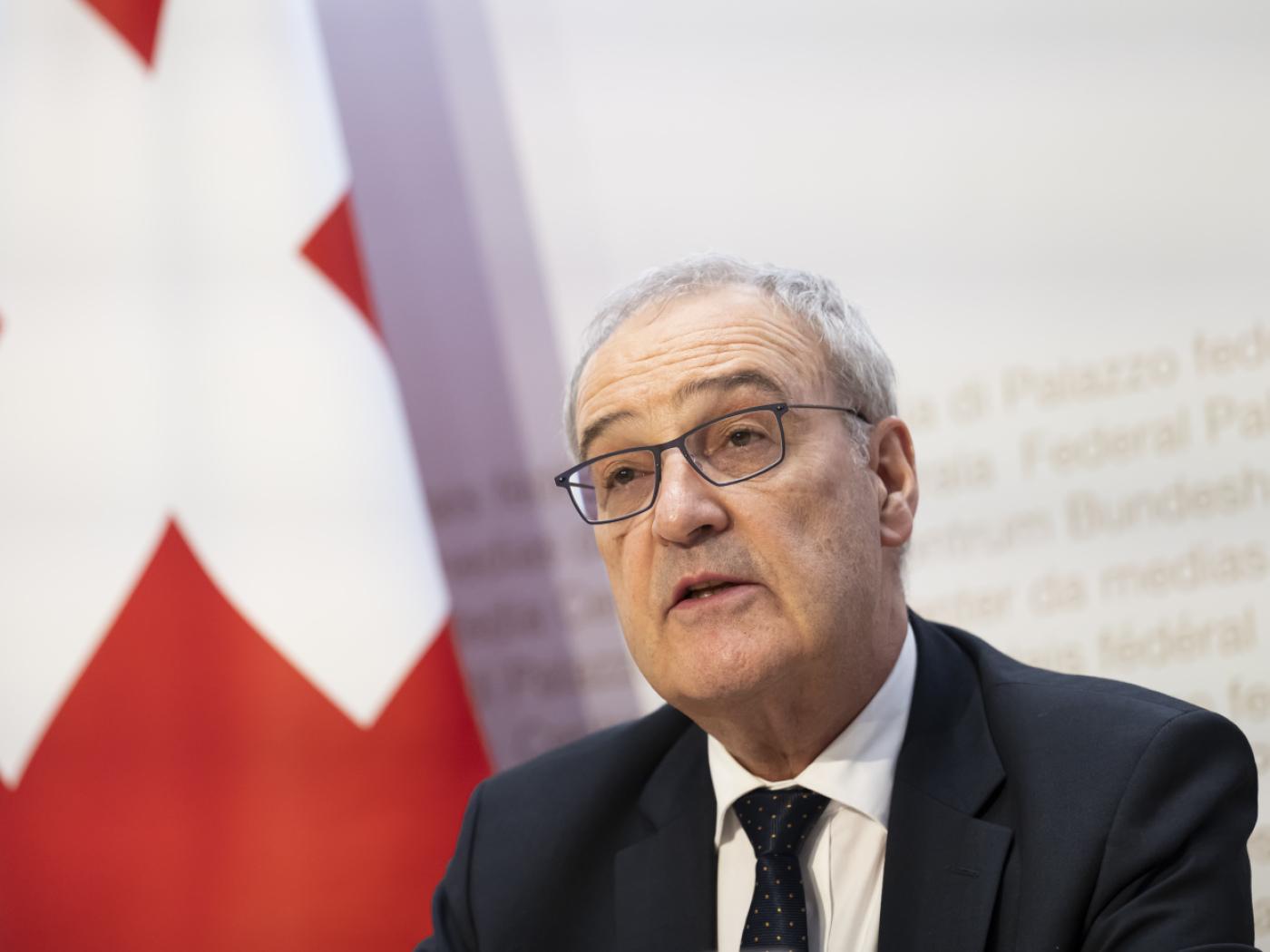(I am on a business trip and did not intend to post any analysis today. However, there have been a number of unexpected developments that warrant some commentary. Thanks for bearing with me.)
Japanese press reports that the BOJ Deputy Governor Amamiya turned down the opportunity to become the next BOJ governor. Instead, next week, former BOJ board member Kazuo Ueda will be nominated. The market reacted dramatically, taking the yen sharply higher and sold JGBS. Japanese stocks eked out small gains, while the other large Asia Pacific equity markets sold-off. The dollar initially fell to about JPY129.80 from around JPY131.55. It subsequently recovered and is back above JPY131.00. There will be two new deputies as well: Uchida, the BOJ’s executive director in charge of monetary policy and Himino, former top regulator. My guess is that Ueda, who wrote an article last year against premature raising rates, coupled with what I expect to be the easing of price pressures will see greater continuity of BOJ policy. I expect yield curve control to persist. Japan is the last with a negative policy rate, and this could continue into 2024.
China reported a rise in CPI to 2.1% from 1.8% in December. This was in line with expectations. Food prices accelerated to 6.2% from 4.8%. The core measure, excluding food and energy edged up to 1% from 0.7%. This is the highest since last June. Producer prices were 0.8% lower than a year ago, from -0.7% in December. The median forecast in Bloomberg’s survey was for -0.5%. Separately, China reported a larger than expected jump in lending. The CNY5.98 trillion was driven by banks (CNY4.9 trillion vs. CNY1.398 trillion in December and expectations for CNY4.2 trillion). The dollar rose to CNY6.8080 earlier today, the highest since January 9.
The UK economy contracted by 0.5% in December, led by a 0.8% contraction in services and a wider trade deficit. Still, jump in government spending and business investment prevented a contraction in Q4 after shrinking a revised 0.2% in Q3 (from -0.3%). The Bank of England’s latest forecast see the UK economy entering a five-quarter recession beginning here in Q1. Sterling hardly reacted to the economic data.
The Reserve Bank of Australia’s monetary policy statement was hawkish even though the Australian dollar did not react much. It was explicit that inflation was too higher and broad-based. The RBA boosted its forecast for the trimmed mean inflation to 6.25% in June from 5.5%. It expects its to fall back to 4.25% by the end of the year. It projects the cash rate target rising to 3.75% in H2 23 from 3.35% now. The next jobs report is due February 16.
The central bank of Mexico surprised with a 50 bp hike yesterday. Everyone expected it to simply match the Fed’s quarter-point move and some economists thought its tightening cycle was ending. Not only did Banxico deliver a larger than expected hike, but it signaled its intention to hike again when it meets at the end of March. The overnight target rate is now at 11.00%. The swaps market now sees a terminal rate at 11.25%-11.50%. The peso strengthened and the next target is MXN18.65-MXN18.70. The three-low low set last month and earlier this month was near MXN18.50. I suspect that the dollar can fall toward MXN18.00 in the medium-term. Bloomberg’s survey (before yesterday’s move) showed the median forecast at MXN19.50 at the middle of this year and MXN19.62 at the end of 2023. The rate differential is so wide that the forward points are large. At the end of last year and in late January the indicative three-month forward points were 3000 and now are closer to 3250. The 200-day moving average is close to 3425. On way to think about hedging cost is forward points as a percentage of spot. For the three months, it is about 1.7%.
Russia retaliates against the sanctions by announcing a 500k barrel a day cut in oil output starting next month. This is about 5% of Russia’s January oil production. OPEC+ is not seen as offsetting this and adds to the 2 mln bpd output reduction announced last October. Russian oil output has been surprisingly resilient in the face of US-EU sanctions and was estimated at nearly 11 mln bpd in January. Oil prices jumped on the news. Brent and WTI rose above 2% on the news. March WTI fell by around 10% in the past two weeks and with today’s gains rebounded about 8.5% this week. Separately, Russia’s central bank left its policy rate steady at 7.50%.
The euro stalled in front of $1.08 yesterday and slipped through $1.07 in early European turnover. The low for the week was set on Tuesday near $1.0670. A break of it could spur a move toward $1.0600. The ECB announced that banks would return another 36.6 bln euros of TLTRO borrowings. That would bring the prepayment to around 900 bln euros since last November, which comes off the ECB’s balance sheet. Today’s repayment announcement was a little smaller than expected. Banks have another opportunity to repay early next month, but the focus is on June when 500 bln euros are due. Some of the heavy bank debt issuance at the start of the year is thought to be replacing the TLTRO funds. Note that starting next month, the ECB bond holdings will fall by 15 bln a month through June.
Canada reports January employment figures today. The median forecast in Bloomberg’s survey sees a 15k increase in jobs after 69.2k in December. This figure includes full- and part-time posts and understates the recent strength. Canada created an average of 61k full-time positions a month in Q4. In proportional terms, it would be as if the US created 671k full-time jobs a month. Still, with the Bank of Canada on hold (pause), today’s report is unlikely to have much impact. Instead, the key driver for the Canadian dollar may be the broad risk environment, which is poor today. The greenback is currently little changed near CAD1.3445. The CAD1.3475 area has offered the recent cap, and should this yield, the next target is near CAD1.3525.
Tags: #USD,Bank of Japan,Canada,China,Currency Movement,ECB,Featured,Japan,Mexico,newsletter,OIL,Russia,U.K.

















